The Battle for Broxhead Common
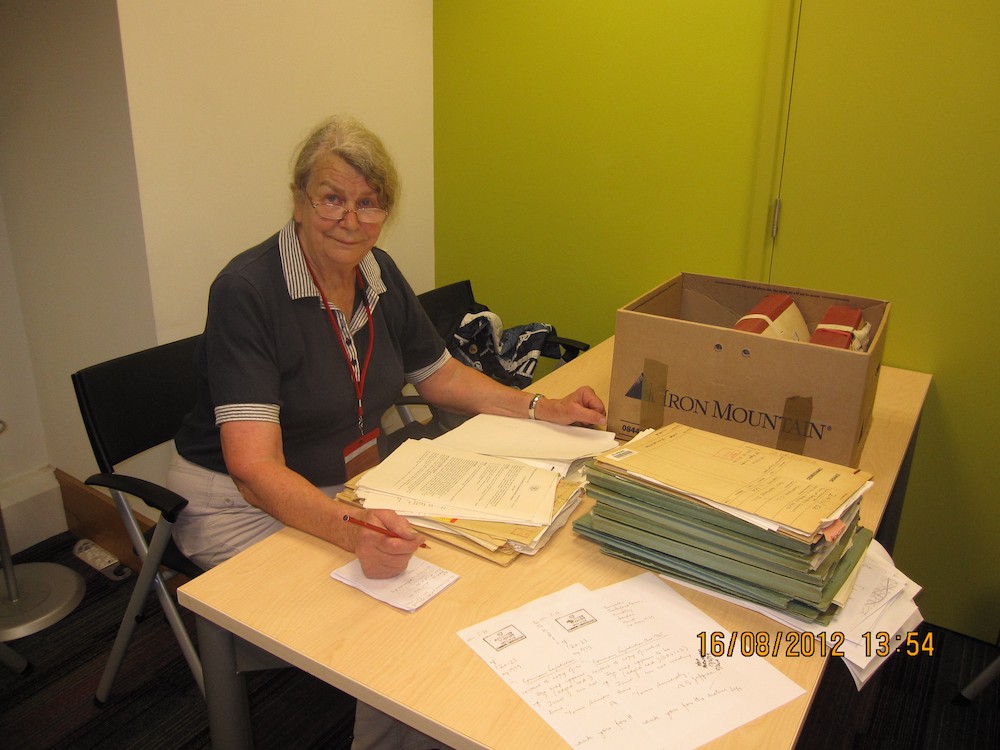
The Case for Hampshire County Council – PART 22
- 3rd February 1992. Planning Inspector D. A. Barker-Wyatt CBE gives his decision.
PI Feb 1992 Broxhead, Barker-Wyatt06072019 (2) - Paragraph 9 of his report speaks of ‘leased heathland’ to HCC rather than ‘common land’! It describes how the land had been cleared and a five-metre wide east-west way was fenced on both sides. The farm manager, “Mr Porter was not aware of any public right of way on the line of BW46 at the time or that BW46 had been added to the Definitive Map in 1965 after a Public Local Inquiry.” He must have completely forgotten a letter he sent to the Clerk of Headley Parish Council in June 1964 in which he says, “I have shown the Public Footpaths, as taken from the footpath map at the Alton R.D.C. Offices, and anyone wishing to ride or walk along the tracks from point A to B and C or D and E should continue to do so.”
1964 Porter re paths14112020_0001 - Paragraph 12 discusses the farming and recreational interests of the ‘said landowner’ and Hampshire County Council “caused by alterations to the landscape over a period of 25 years.”!!! A misleading statement that does not qualify for ‘opennesss, transparency or accountability.’
- Paragraph 16 defines the legal width of the proposed route as 4-5 metres. It also notes the work to be done on the path in the best interests of its users. – NB: recent requests to HCC to have BW46 cleared produced replies to the effect that it was not one of their priorities. They do not it seems, acknowledge that ROW maintenance is a Statutory Duty which they signed up to here, rather than a power to prioritise.
- Paragraph 26 disguises the original problem which necessitated the making of the Order because the fencing around the 80 acres is still unauthorised.
- Paragraph 30 confirms the minimum width for the path of at least 4 metres and the groove on the surface to be regraded.
- Paragraph 35 shows the Inspector is aware of the frustration over the last ten years and obviously hopes that his confirmation of the Order will help in the satisfactory resolution of the other matters.
Some hope as it turned out. - The Order for the diversion of BW’s4 and 46 is confirmed
Next time: The ‘said landowner’ and Hampshire County Council have their way but has it helped the neighbourhood?
















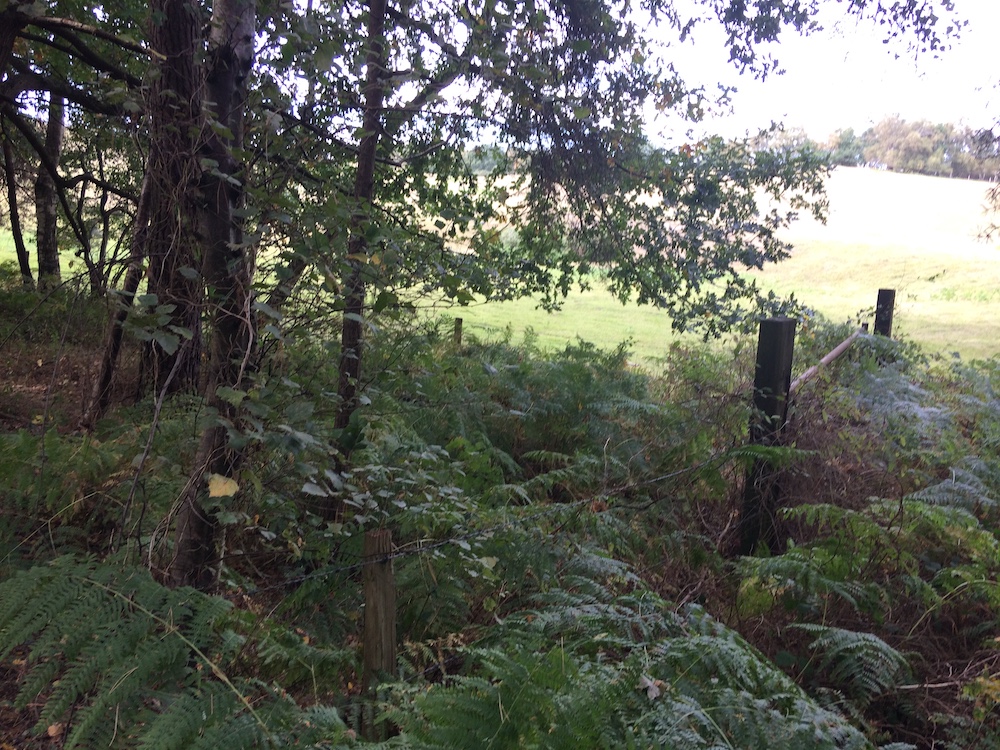
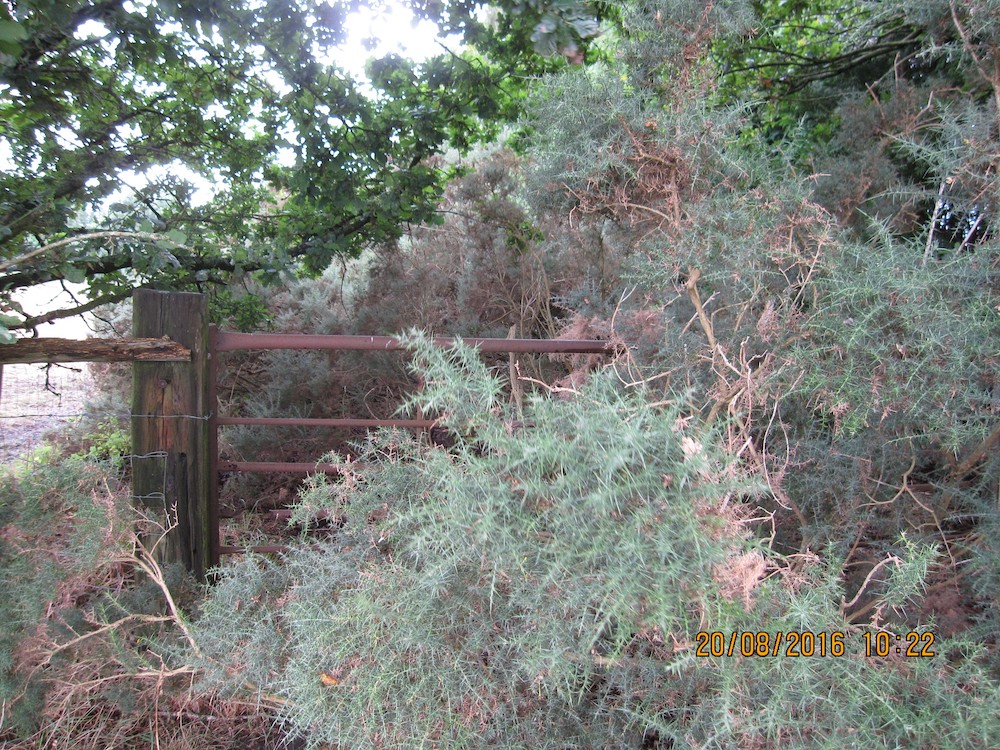

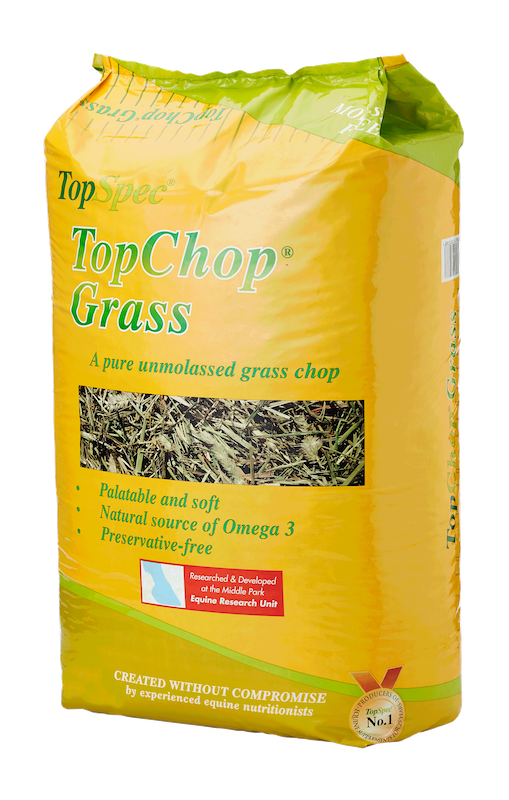

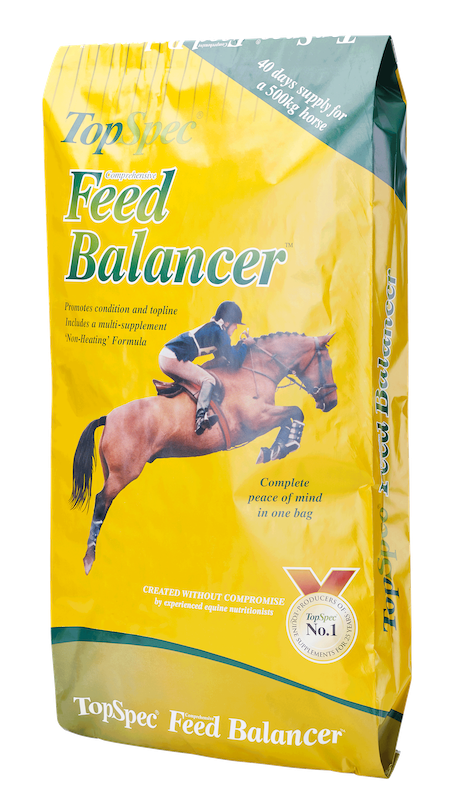







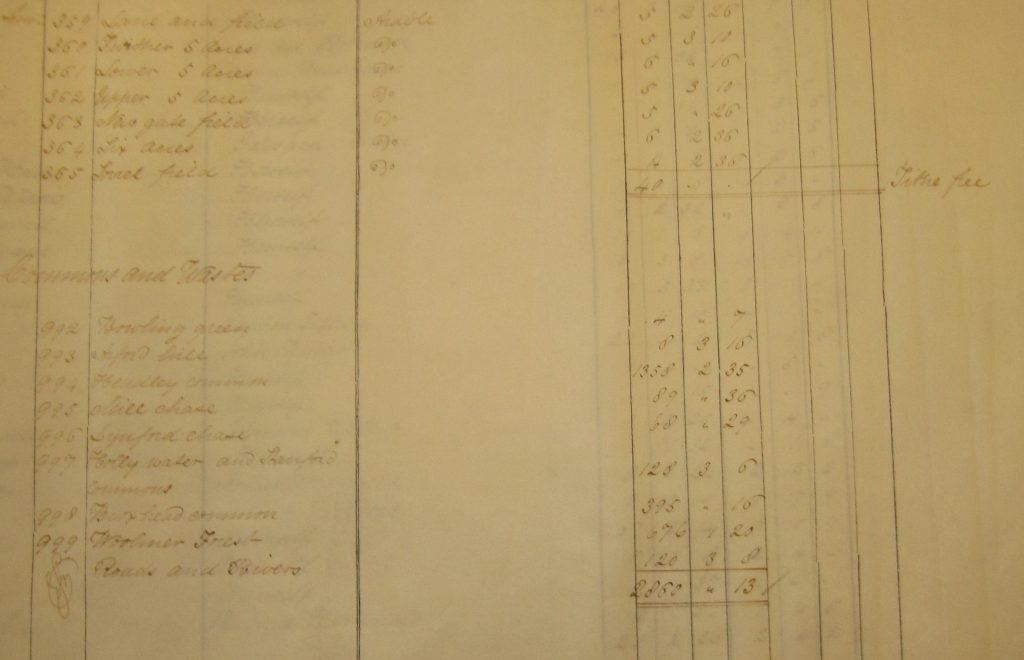
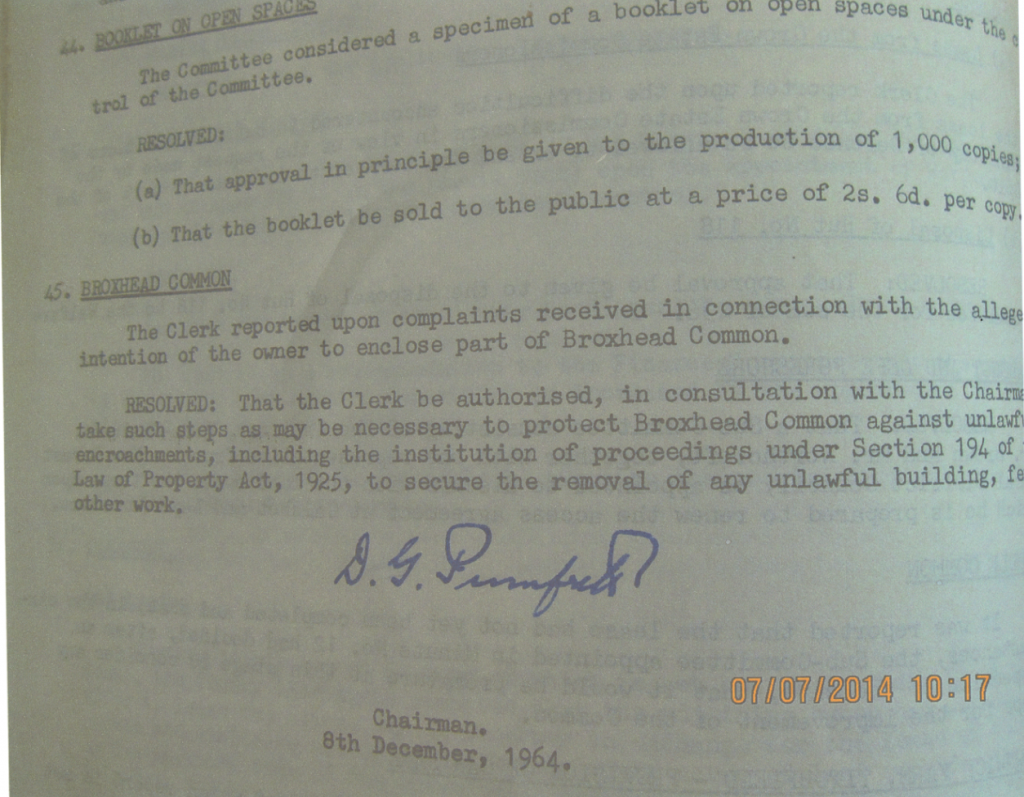
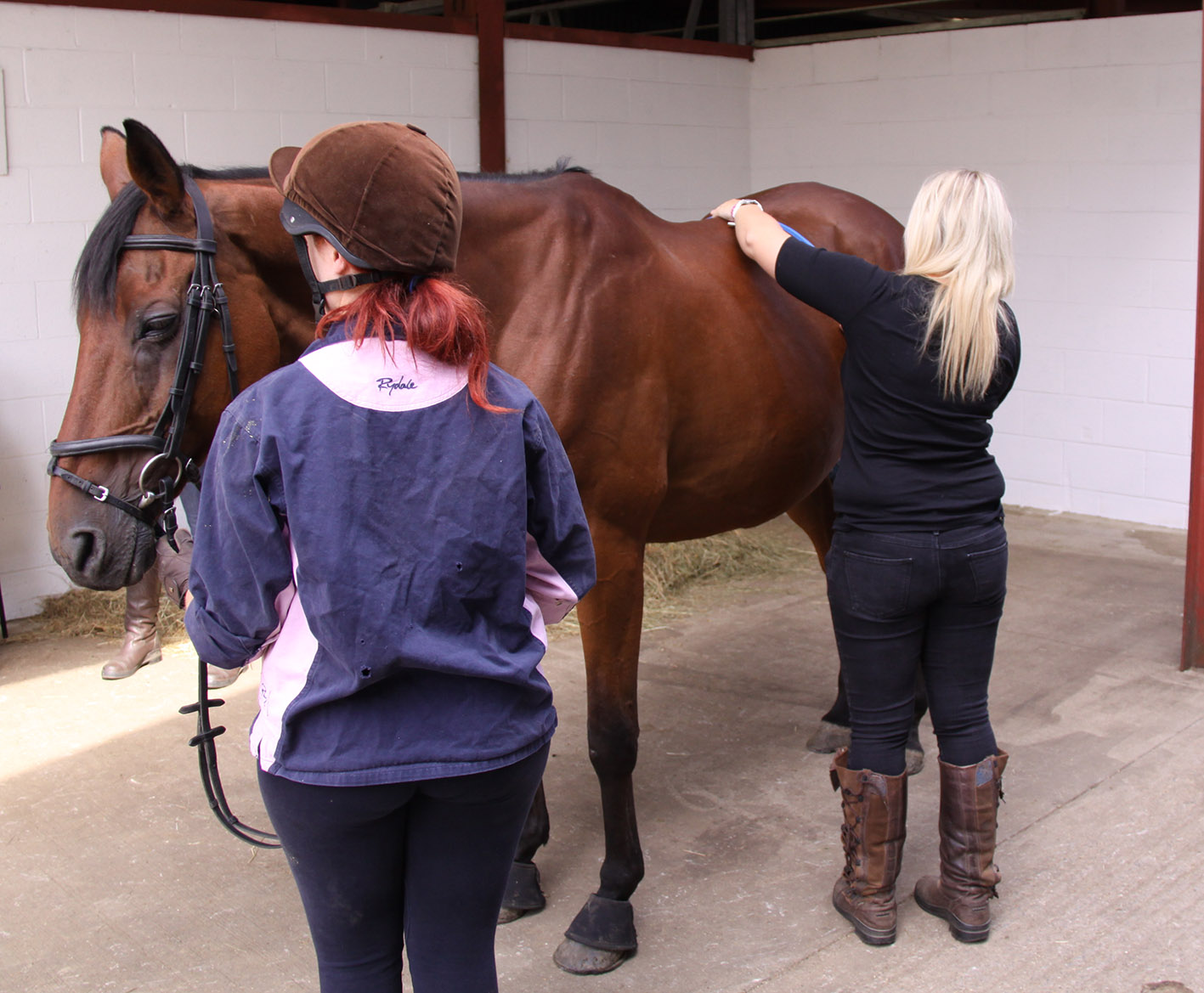
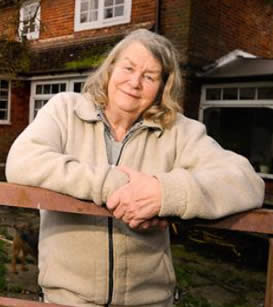
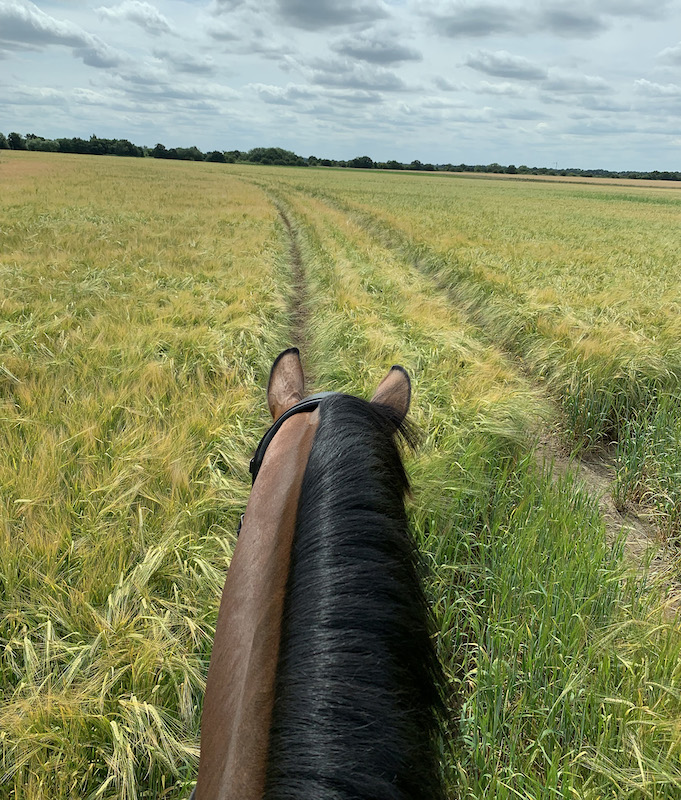

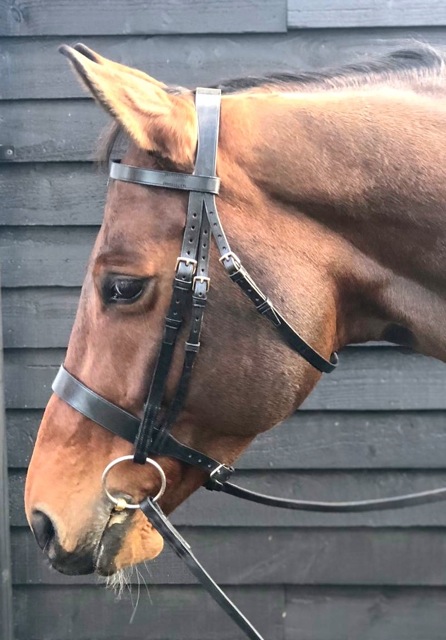
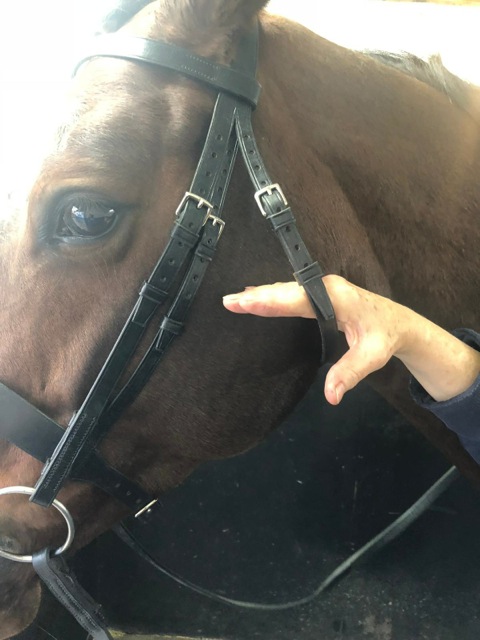
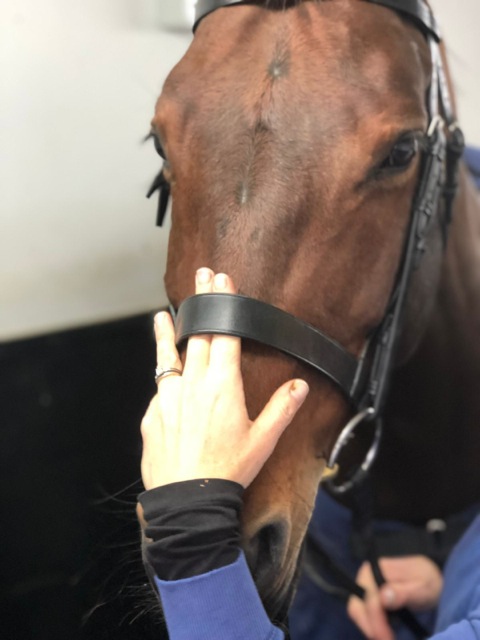
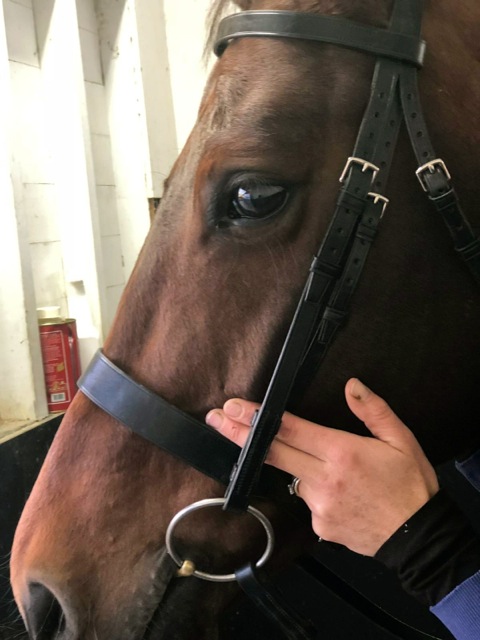
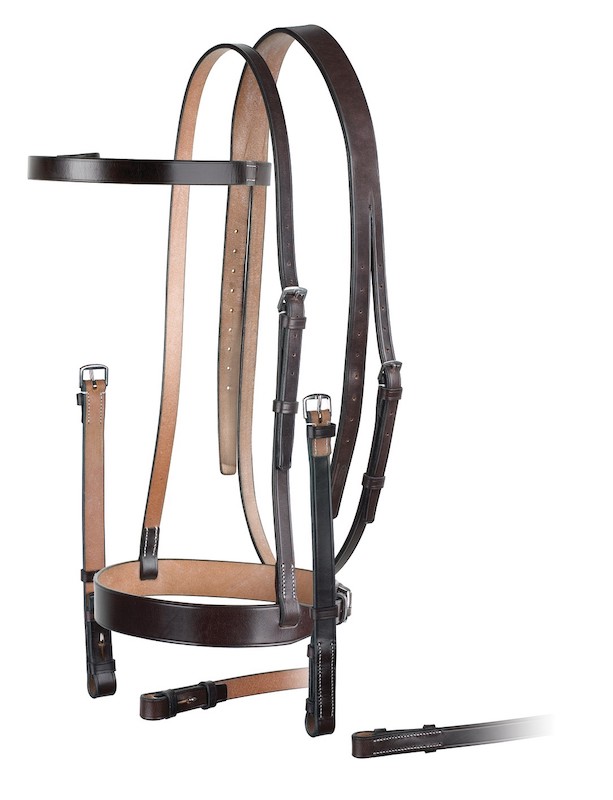
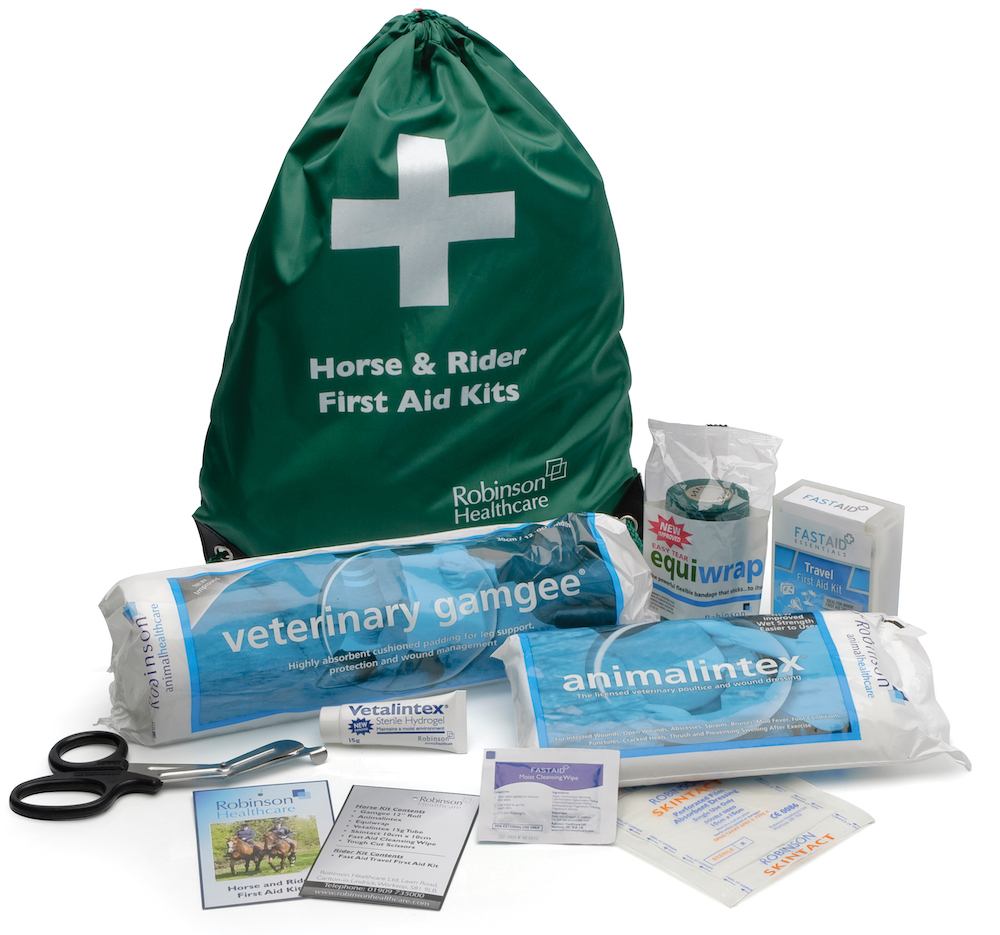

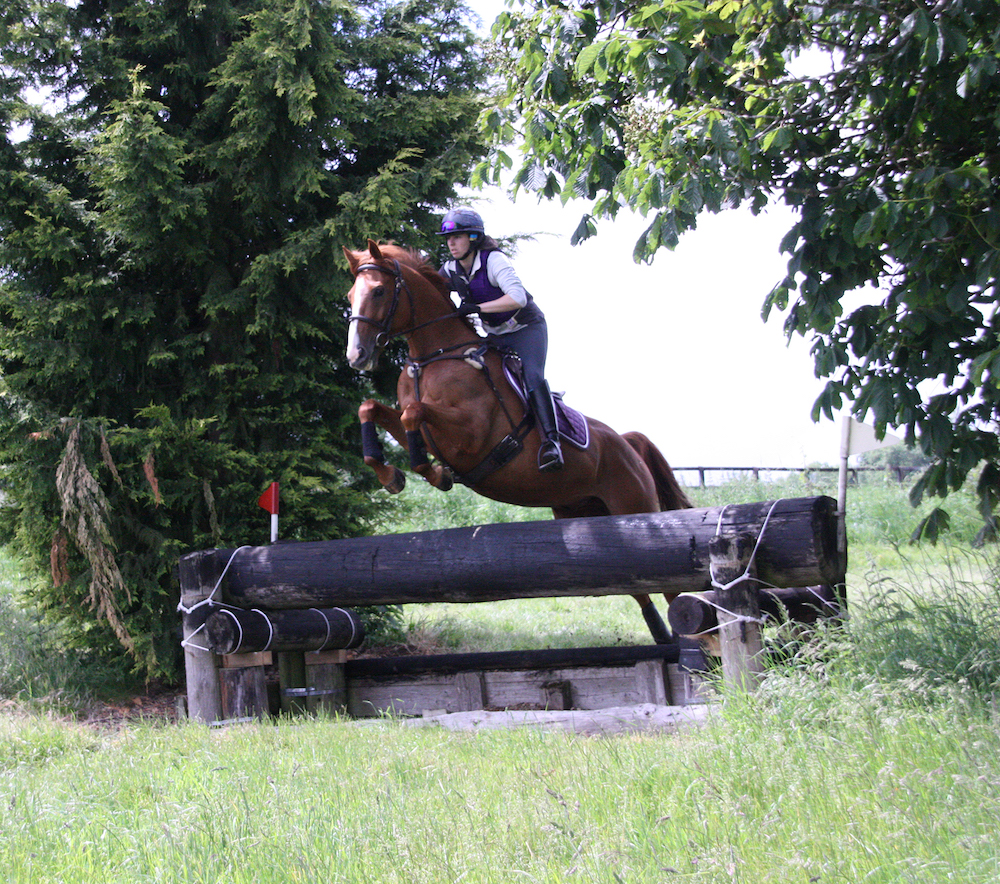

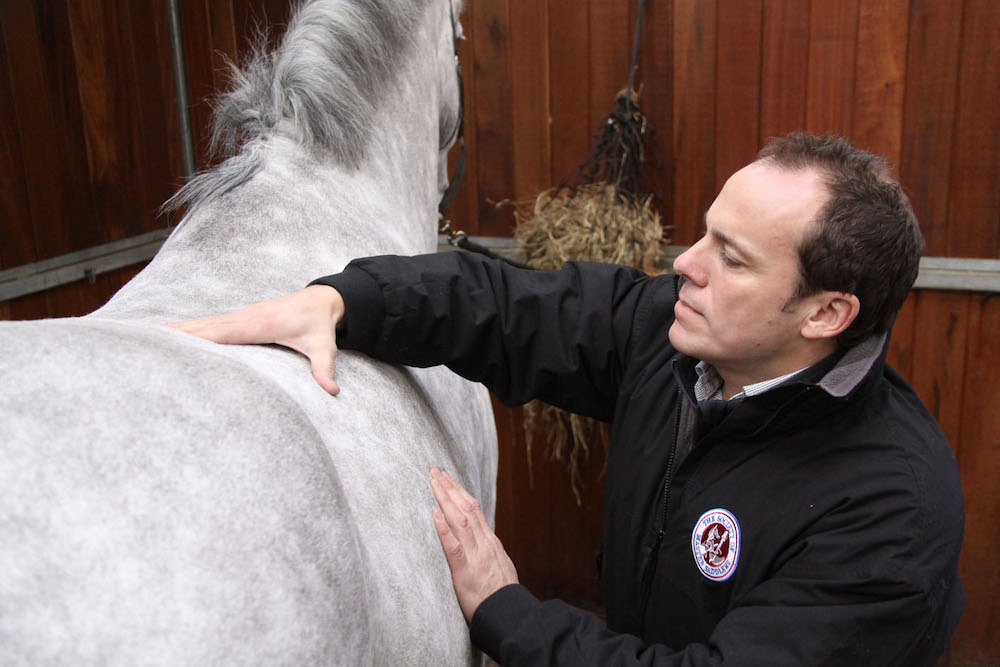
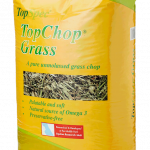
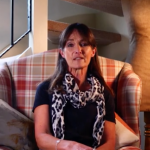



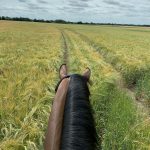







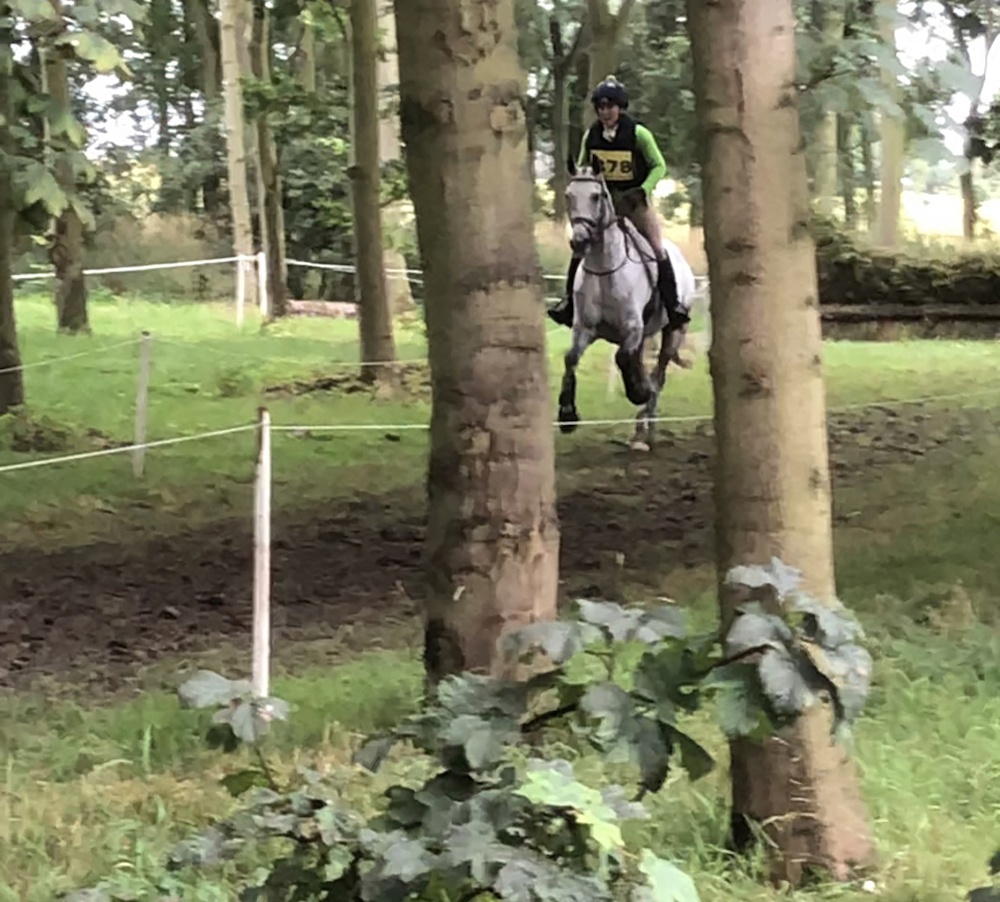
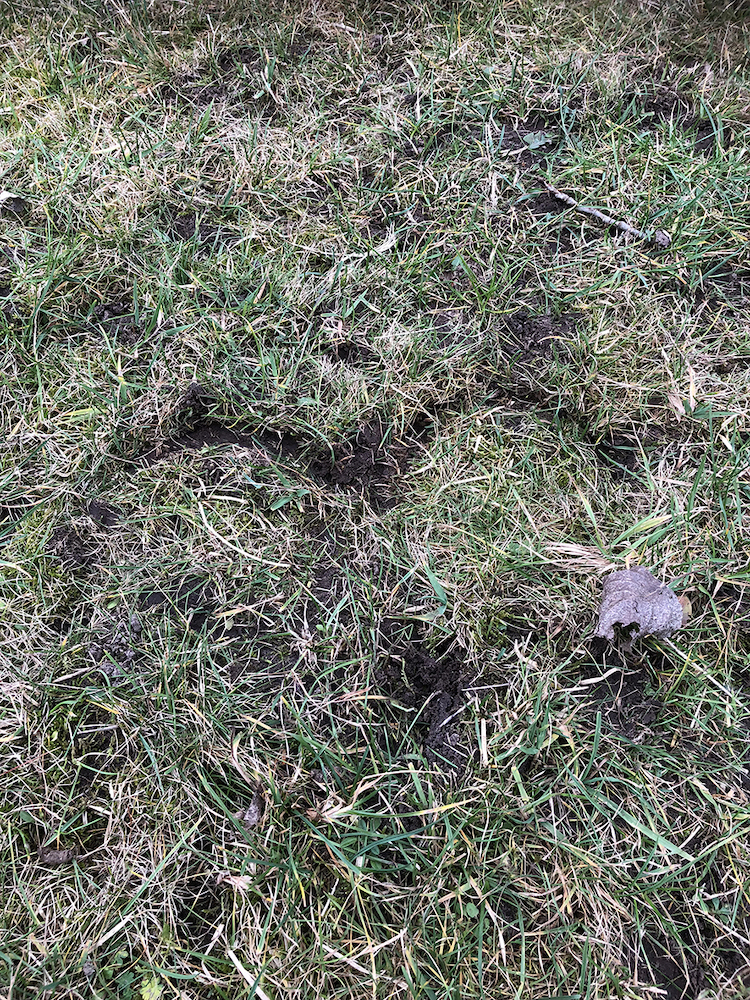
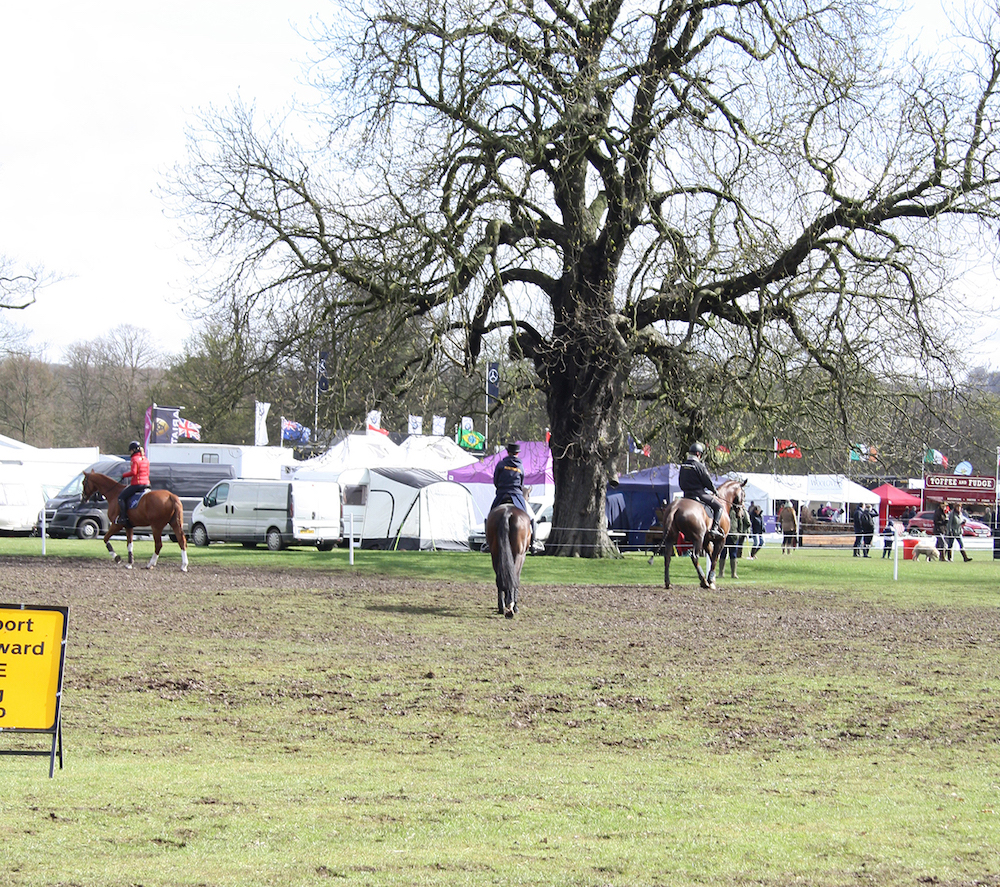

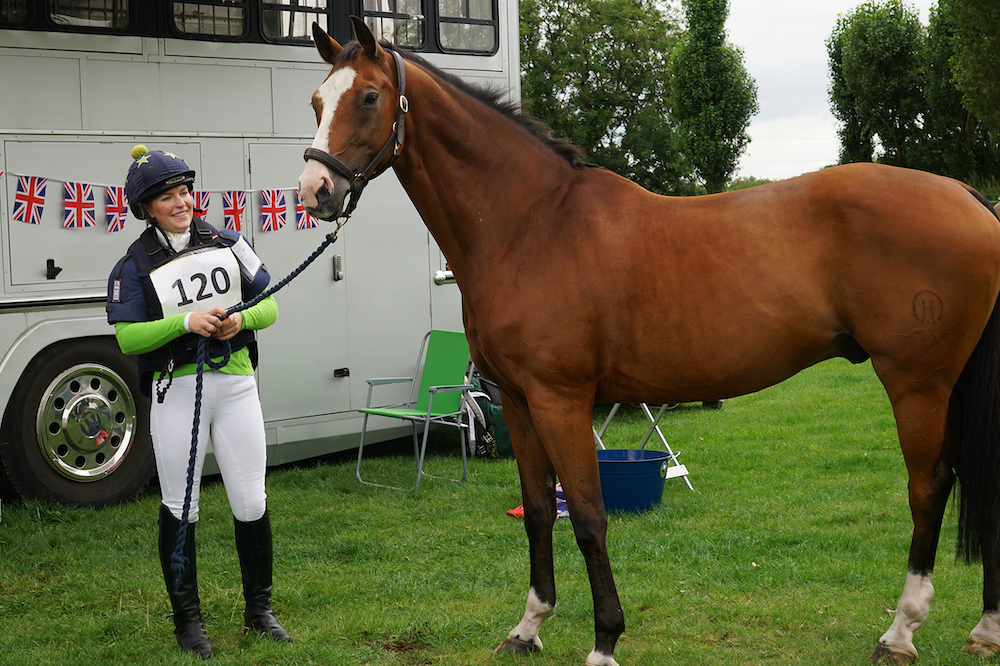

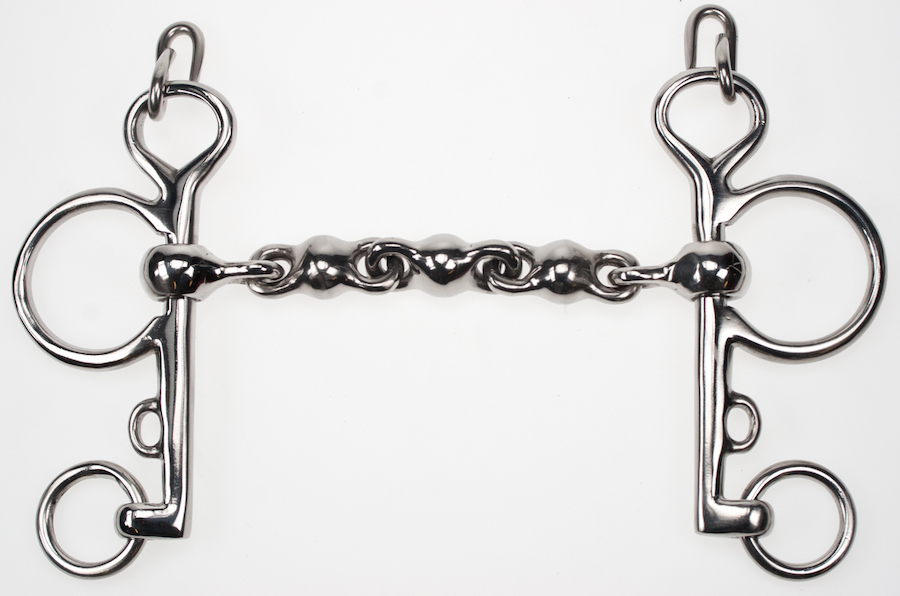
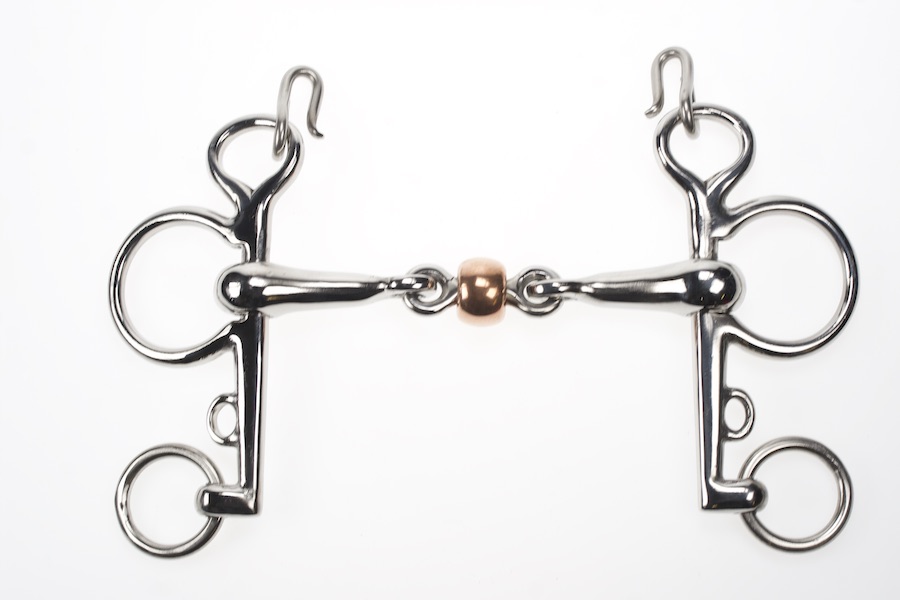
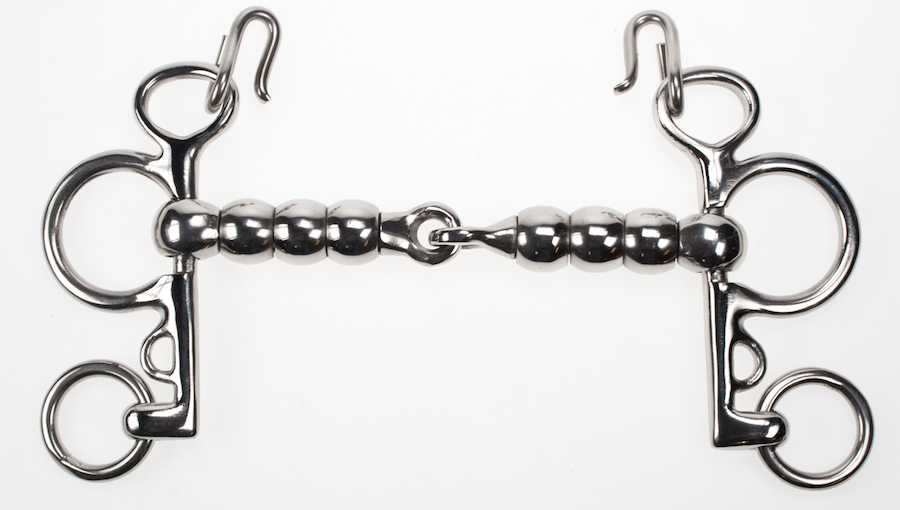
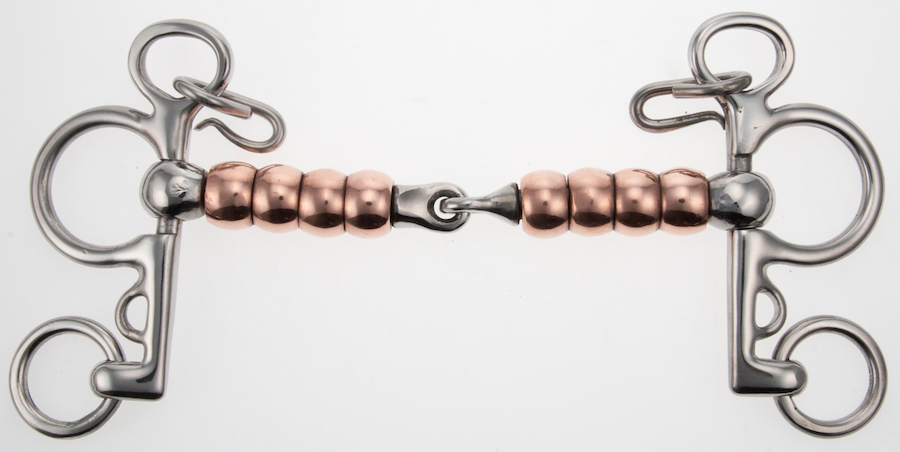
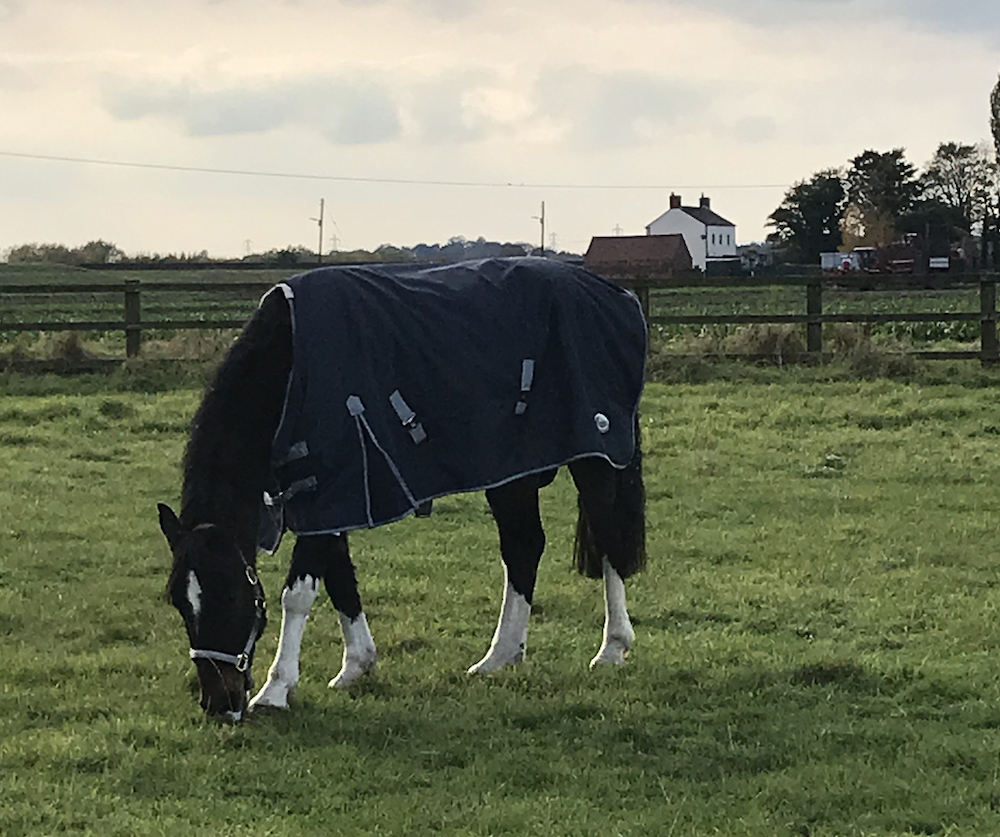


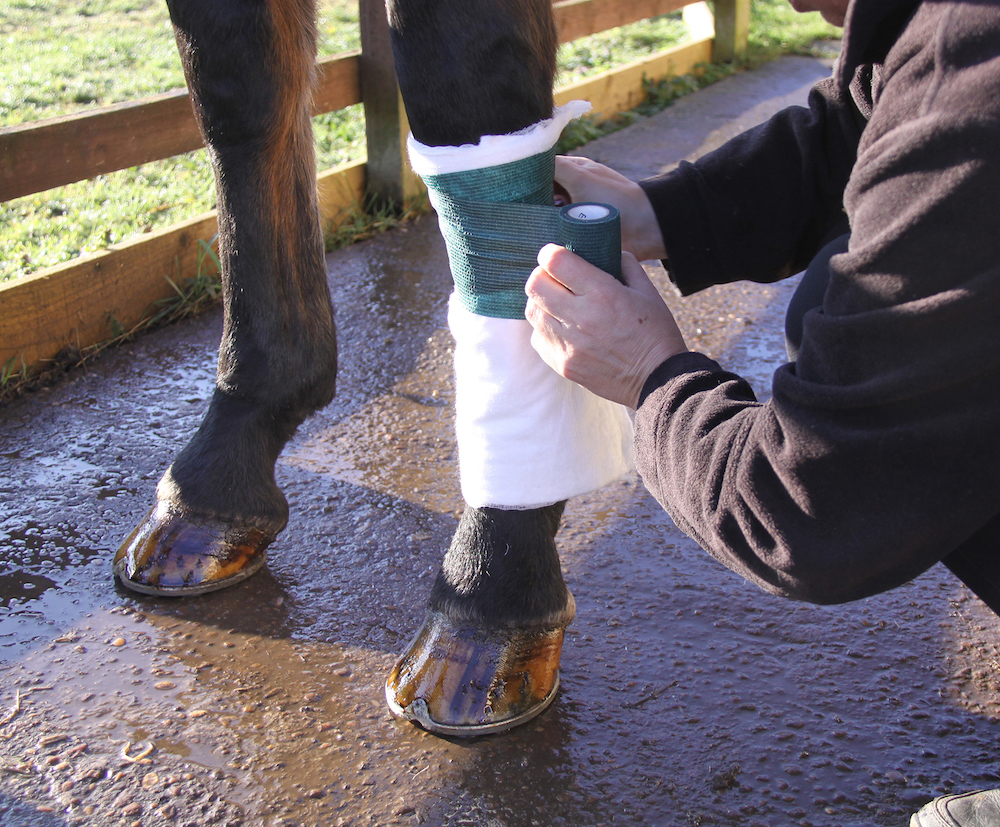

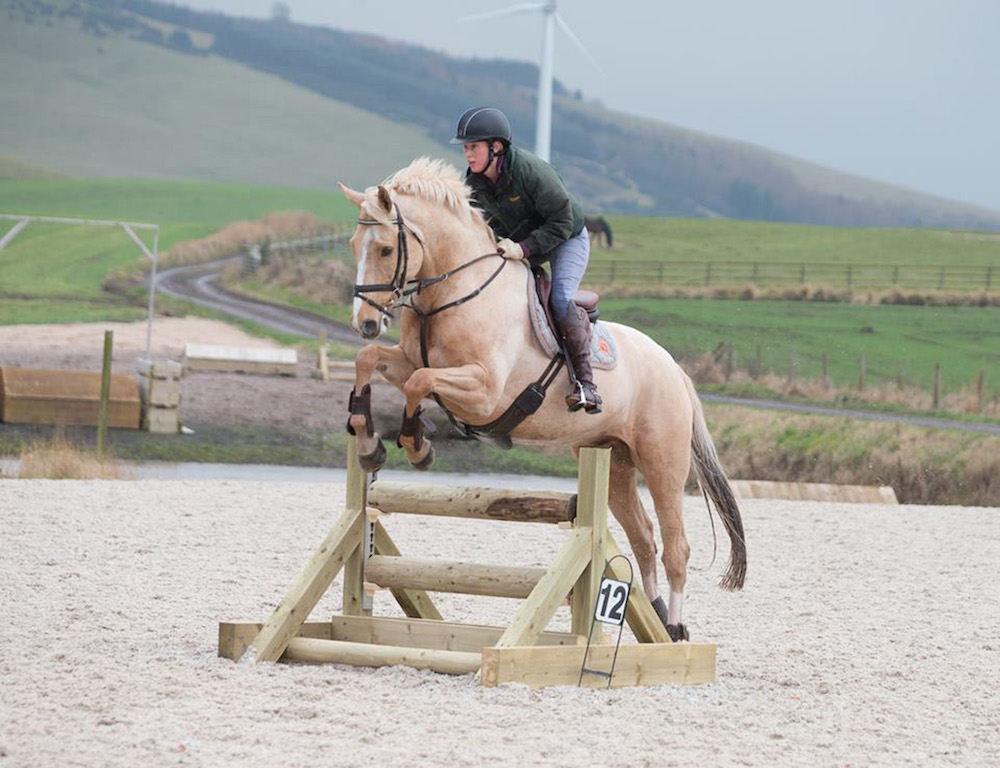

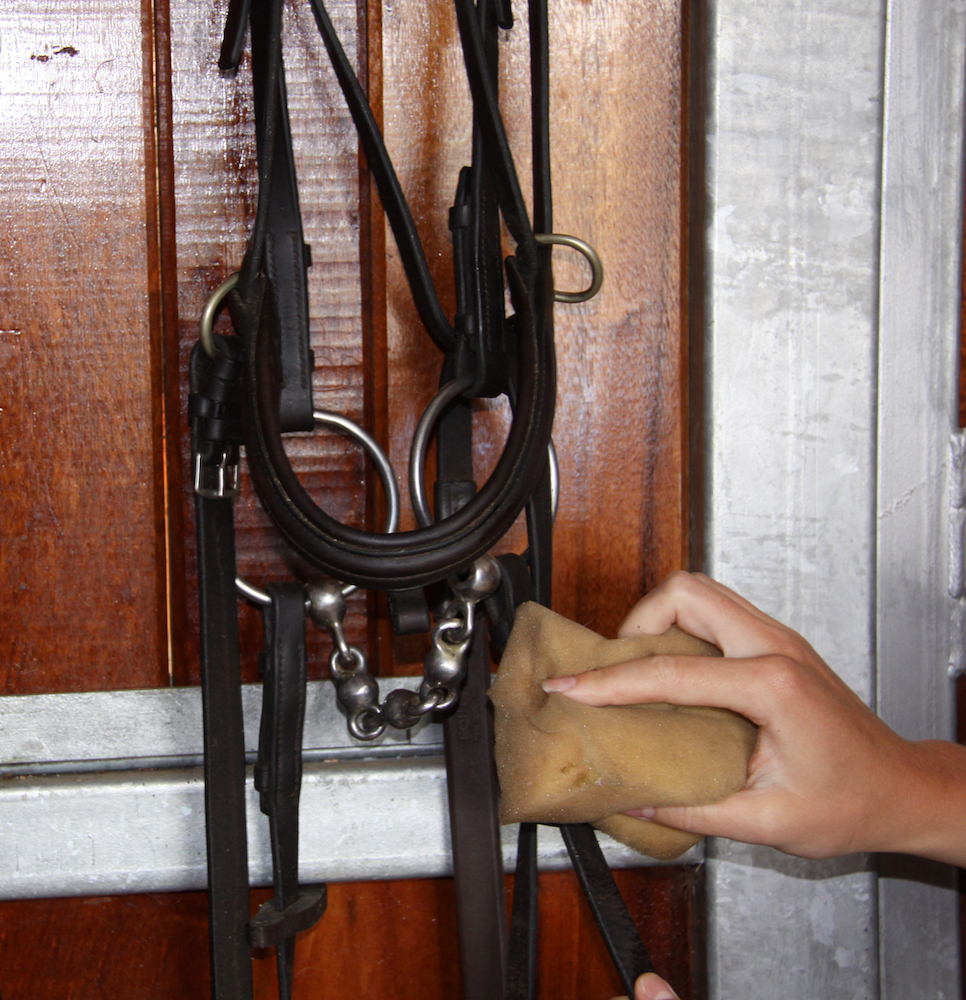
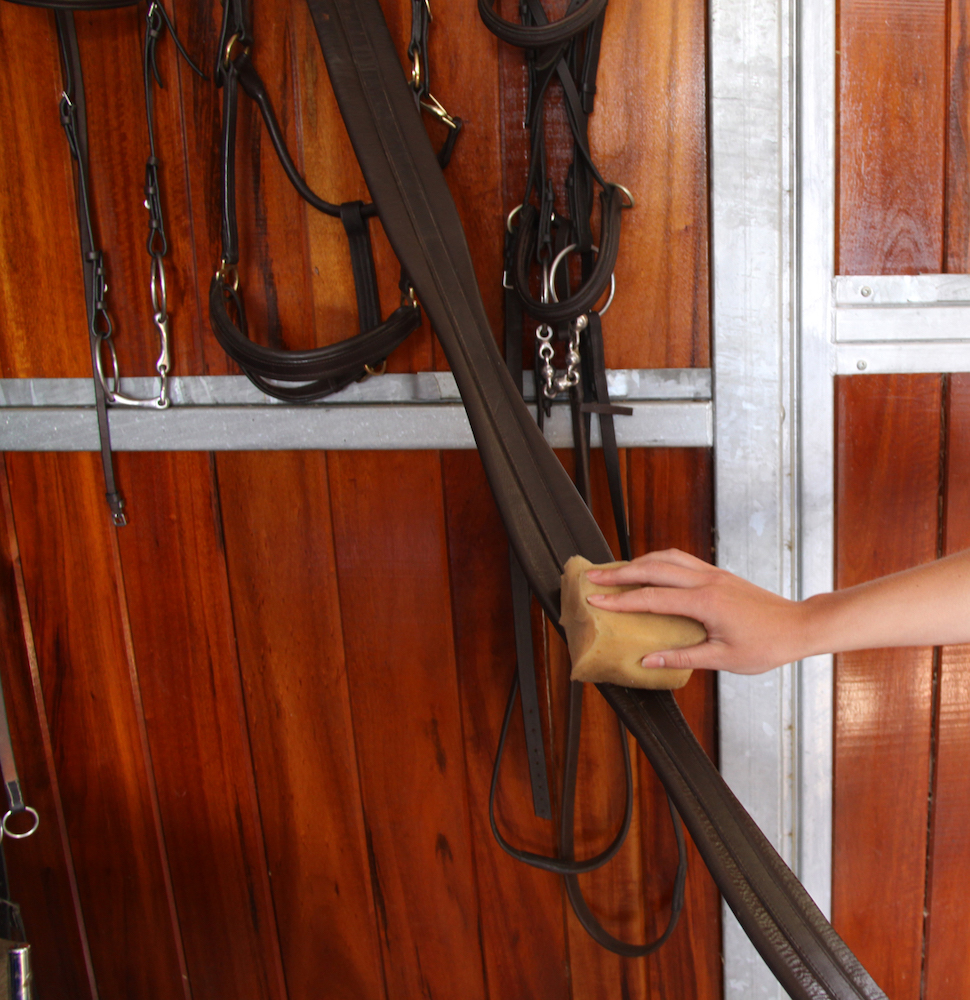

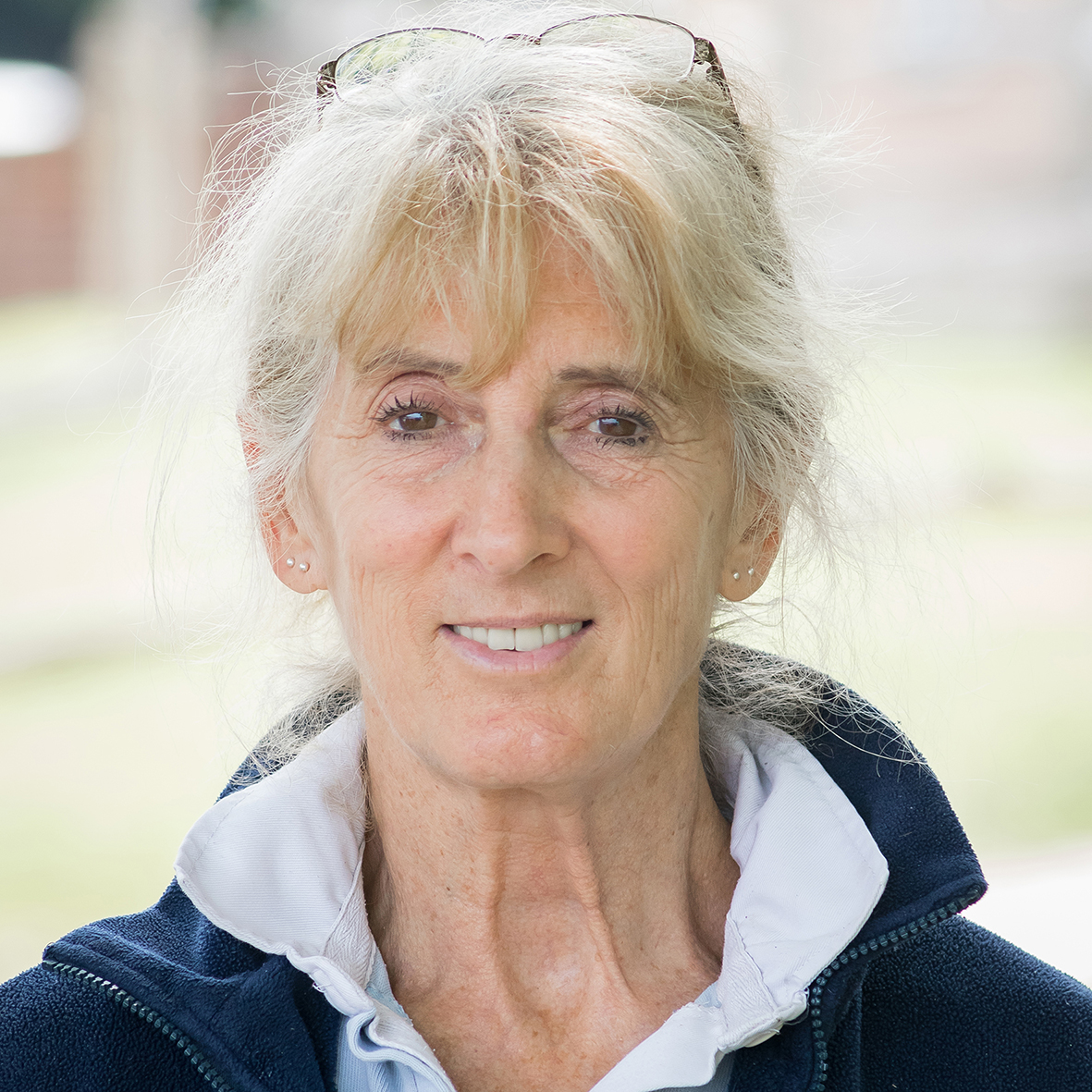

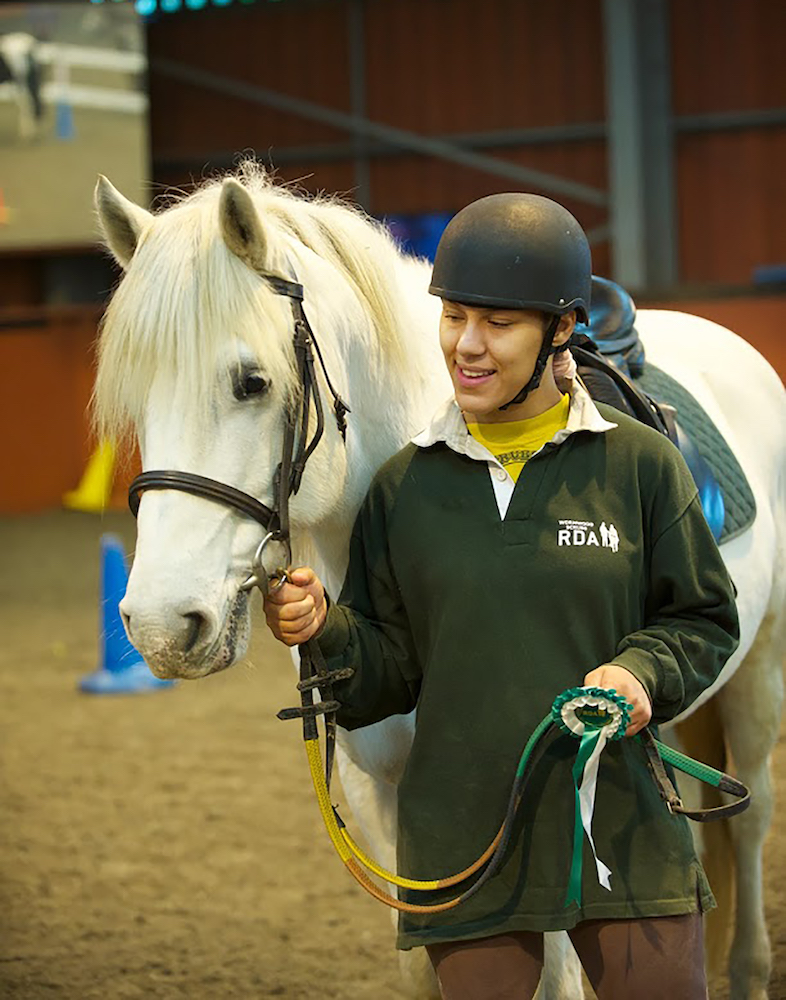
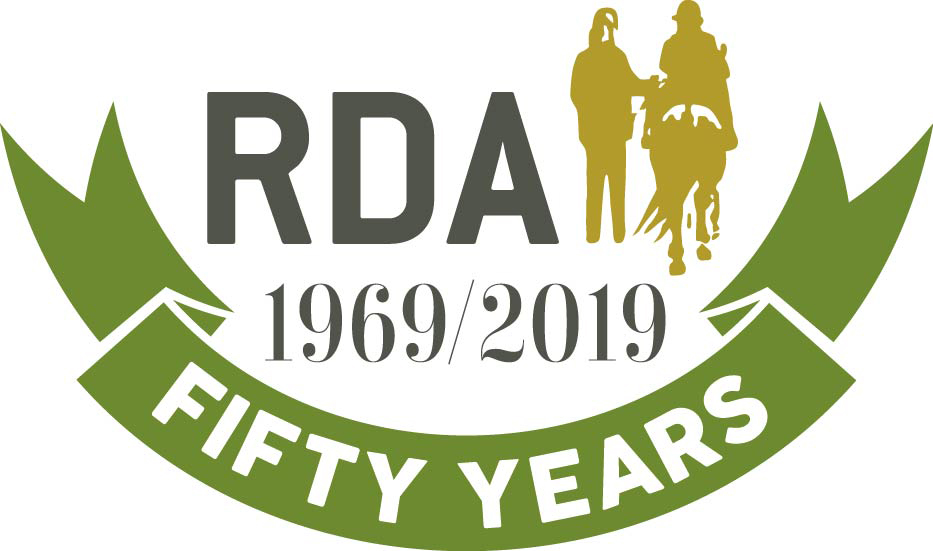




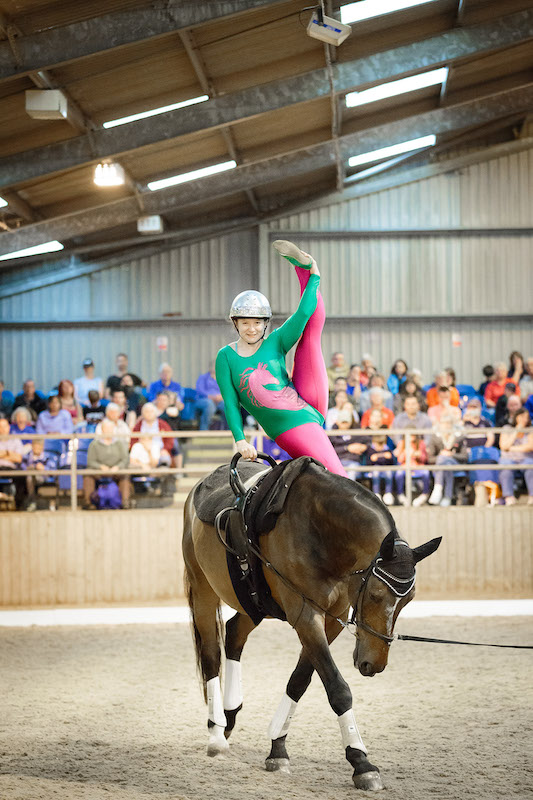





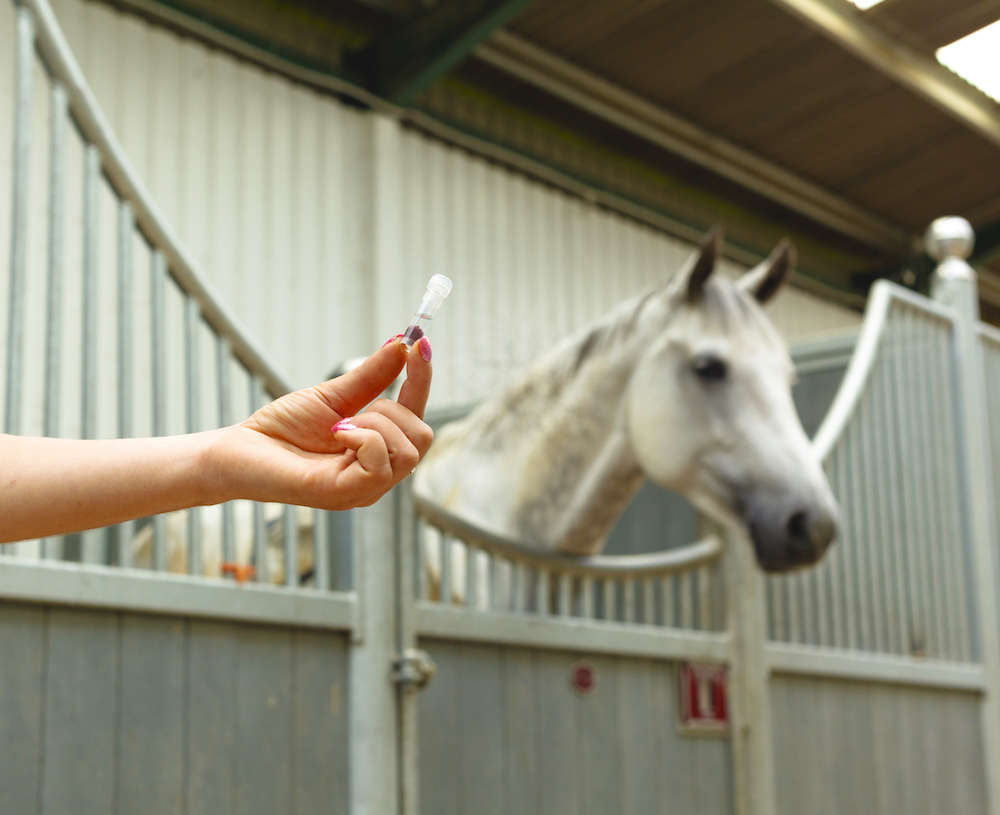

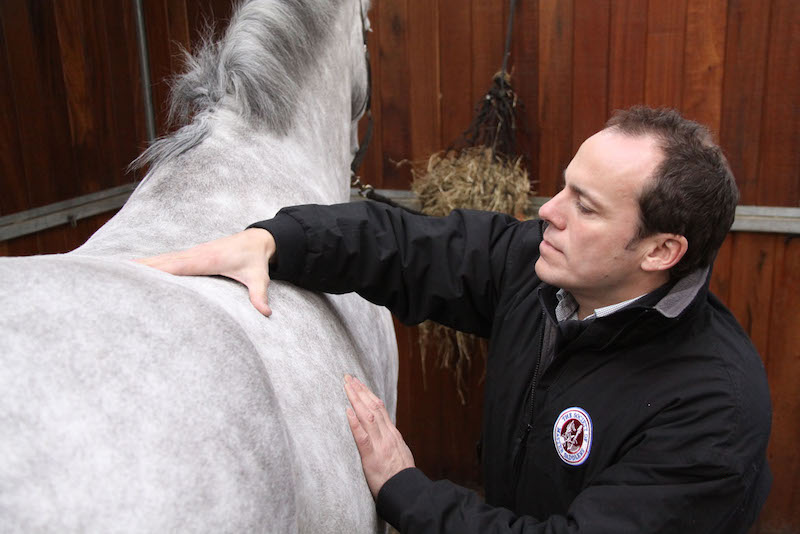
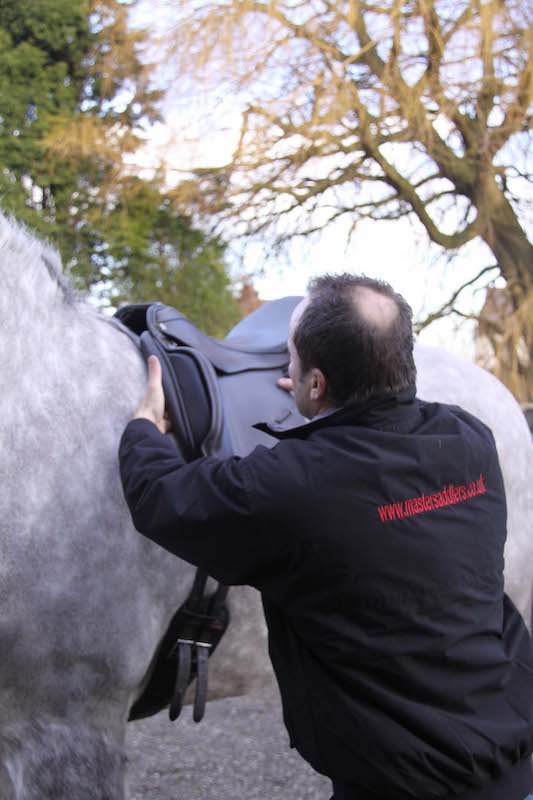
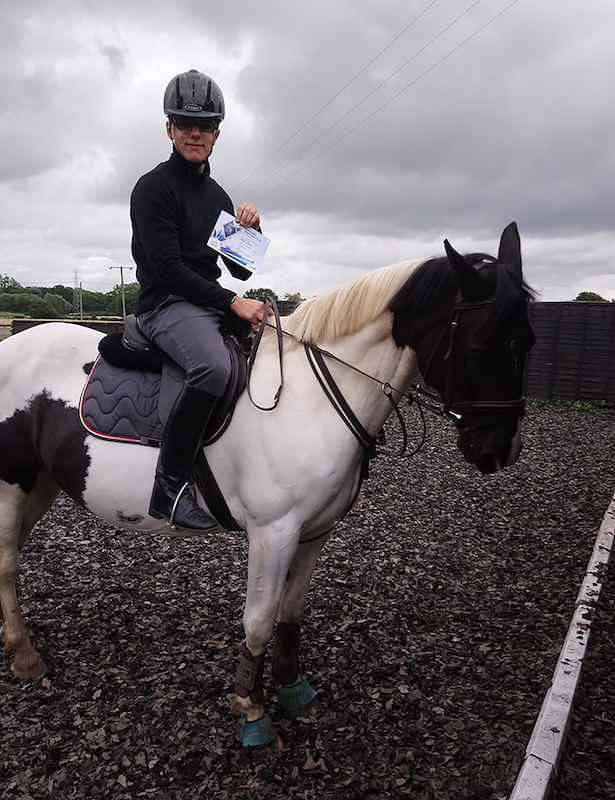

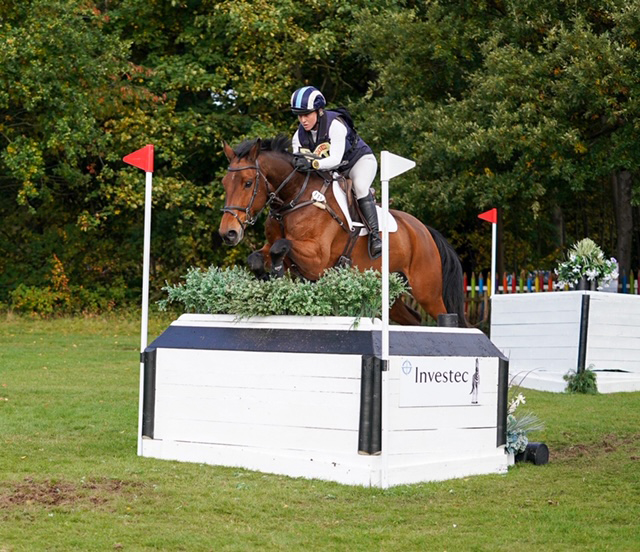 Jamie -Lee Day and Hanleen Didjeridoo
Jamie -Lee Day and Hanleen Didjeridoo